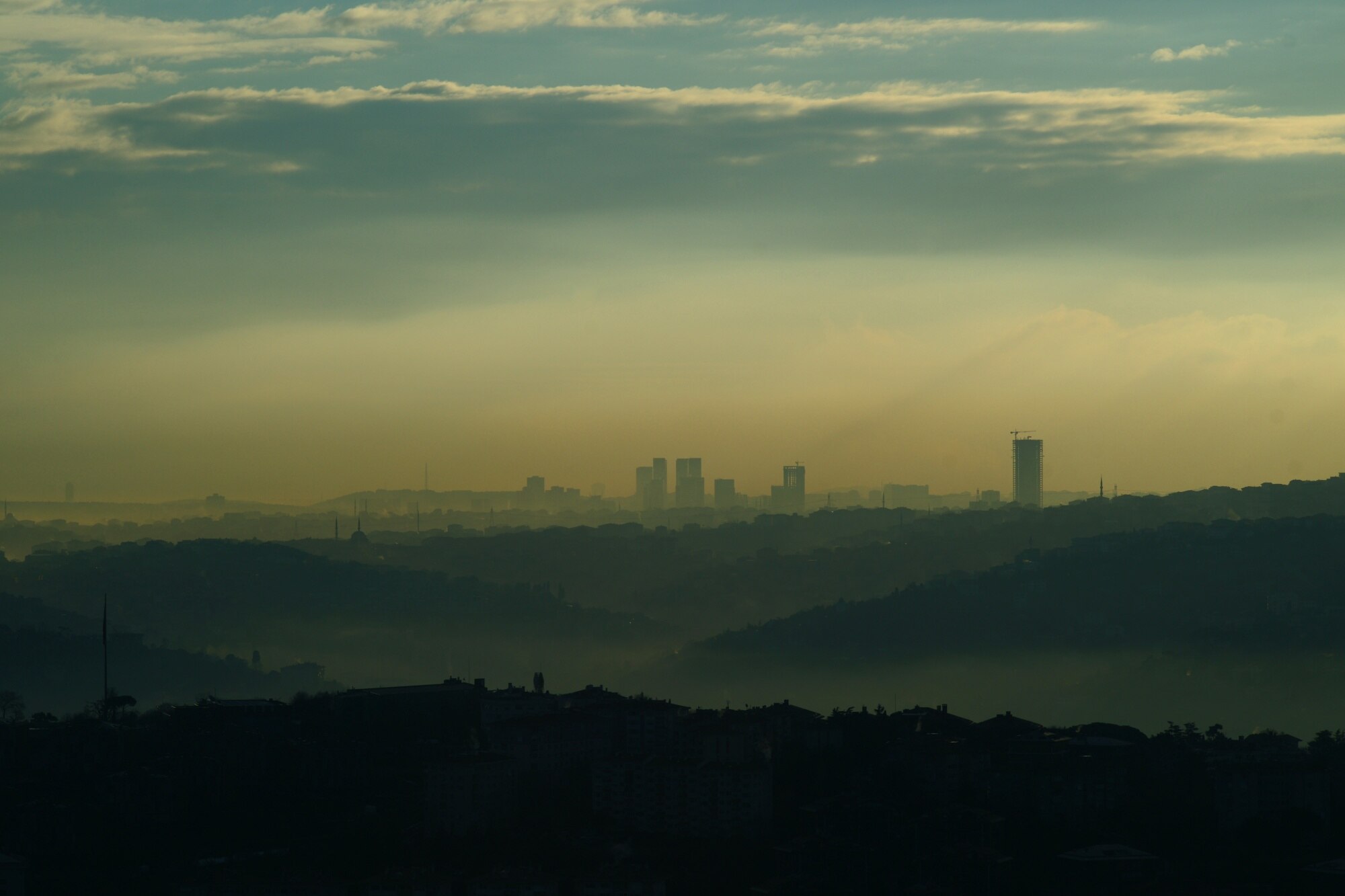
Published at: November 9, 2024 3:08 PM
The term “Smog” might be what you’re referring to, as it’s a well-known environmental issue in Pakistan, particularly during the winter season. Smog, a type of air pollution resulting from a mix of smoke and fog, poses serious health, environmental, and economic challenges. To tackle it effectively, Pakistan can adopt a multi-faceted approach focusing on policy reform, technology, public awareness, and regional cooperation. Here are some strategies:
1. Policy Reform and Strict Regulation
- Enforce Emission Standards: Strengthen regulations to limit industrial emissions and enforce vehicle emissions standards strictly.
- Ban Crop Burning: Implement and enforce bans on stubble burning, a significant contributor to smog in Pakistan and neighboring India, especially during the winter months.
- Pollution Taxes: Introduce taxes or fines on industries and vehicles exceeding pollution limits to deter non-compliance and raise funds for green projects.
2. Promote Cleaner Technologies
- Switch to Cleaner Fuels: Transition from high-sulfur fuels to cleaner alternatives and promote cleaner energy sources like natural gas, solar, and wind.
- Electric and Hybrid Vehicles: Offer subsidies and incentives for electric and hybrid vehicles to reduce vehicular emissions, one of the major causes of urban smog.
- Install Air Quality Monitoring Stations: Expand air quality monitoring across cities to collect data, inform the public, and enable quick responses when pollution reaches hazardous levels.
3. Public Awareness and Education
- Media Campaigns: Use social media, TV, and radio to educate the public about the health risks of smog and how individual actions, such as reducing vehicle use, can help.
- School Programs: Introduce environmental education in schools to teach children about air pollution, its dangers, and how to protect the environment.
4. Green Infrastructure and Reforestation
- Urban Green Spaces: Create more green spaces in cities, as plants and trees help absorb pollutants and produce oxygen.
- Reforestation Programs: Launch large-scale tree-planting drives, especially in areas surrounding industrial zones and highways, to act as natural air filters.
- Vertical Gardens and Rooftop Plants: Encourage rooftop gardening and vertical gardens in urban centers to improve air quality and reduce the urban heat island effect.
5. Regional Collaboration
- Cross-Border Cooperation with India: Collaborate with India to address cross-border pollution, as smog issues are often intensified by regional crop burning and industrial emissions.
- Knowledge Sharing with Neighboring Countries: Share knowledge and technology with countries that have successfully managed air pollution, like China, for strategies that Pakistan could adapt.
6. Emergency Measures During High-Smog Season
- Smog Alerts and School Closures: During periods of severe smog, issue health advisories, close schools, and encourage remote work to limit outdoor exposure.
- Free Distribution of Masks: Provide free masks, especially to children and the elderly, to reduce respiratory risks during peak smog times.
7. Research and Development
- Invest in Smog Reduction Research: Fund research focused on innovative air purification technologies and pollution reduction strategies suited to Pakistan’s unique challenges.
- Support Green Technology Startups: Encourage startups that develop smog-fighting technology, such as low-cost air filters or air quality apps, through grants and incentives.
By implementing these strategies in a coordinated manner, Pakistan can make meaningful progress in reducing smog, improving air quality, and protecting public health.

Share to